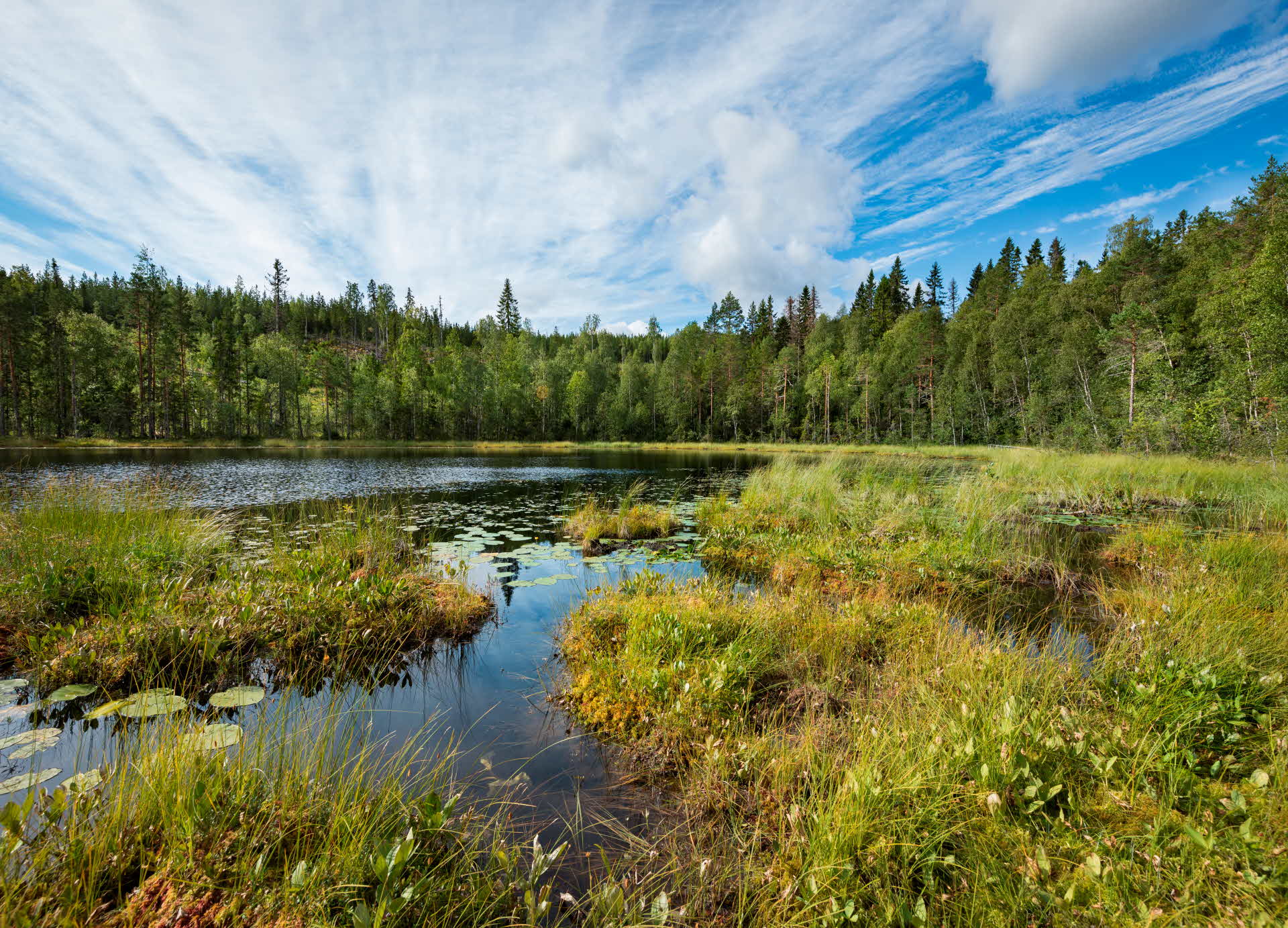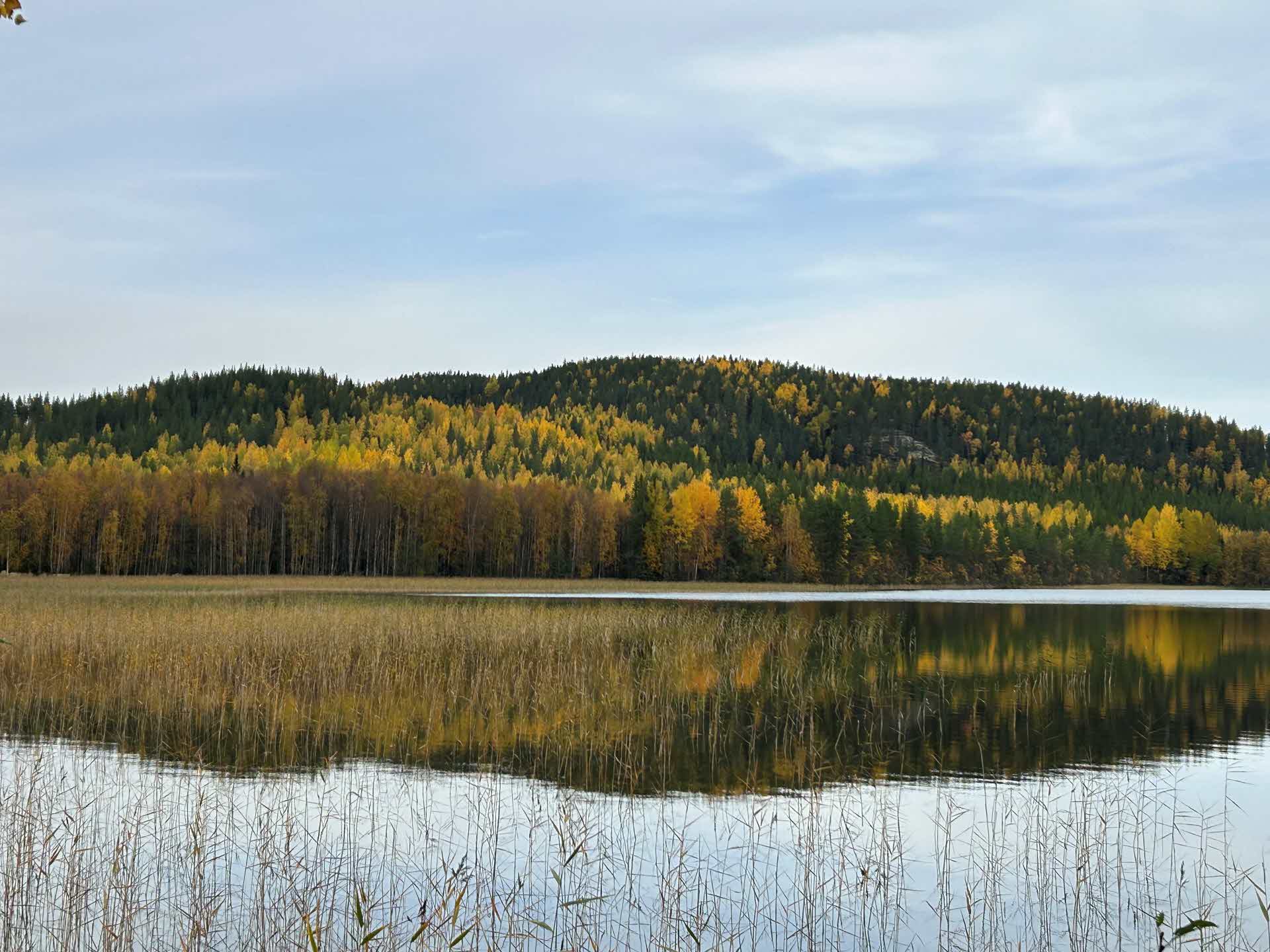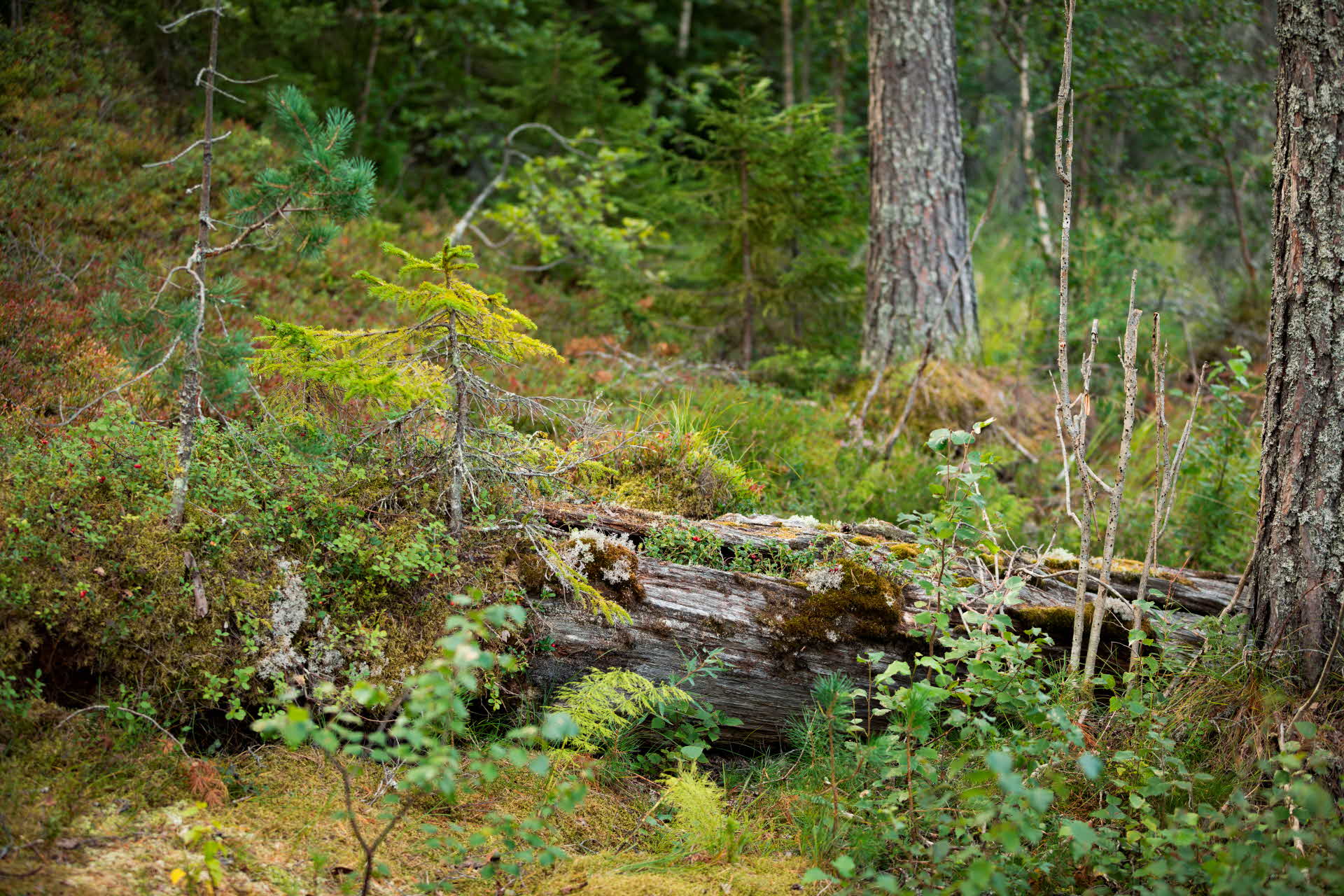
- FOREST
- SCA's FORESTS
- BIODIVERSITY
Biodiversity
SCA’s forests provide habitats for a variation on flora and fauna, and we want this to continue in the future. The development and preservation of biodiversity is the most important sustainability target in our forest management. This means there must be a variety of habitats and we strive to develop, preserve and recreate habitats for species with special requirements.
Our forests contain many values. In addition to binding large amounts of CO₂ and providing sustainable raw materials, the forest also contains great biodiversity that we preserve and develop. We exclude areas that provide vital habitats for sensitive flora and fauna from forest management through voluntary set-asides. Alternative methods are used to manage other areas to improve conditions for species with special requirements. We also endeavor to recreate habitats that are scarce. Areas left as small conservation patches during harvesting also offer great benefits for many species.
Landscape ecological planning
To develop and preserve the biodiversity of our forests, we plan our measures over the long-term and across large geographic areas. We do this by working with landscape ecological planning for our entire forest holding. By performing inventories of our forests we can identify areas with the highest conservation values and using this information, we can then take the right action at the right location.
Work on different scales for habitats
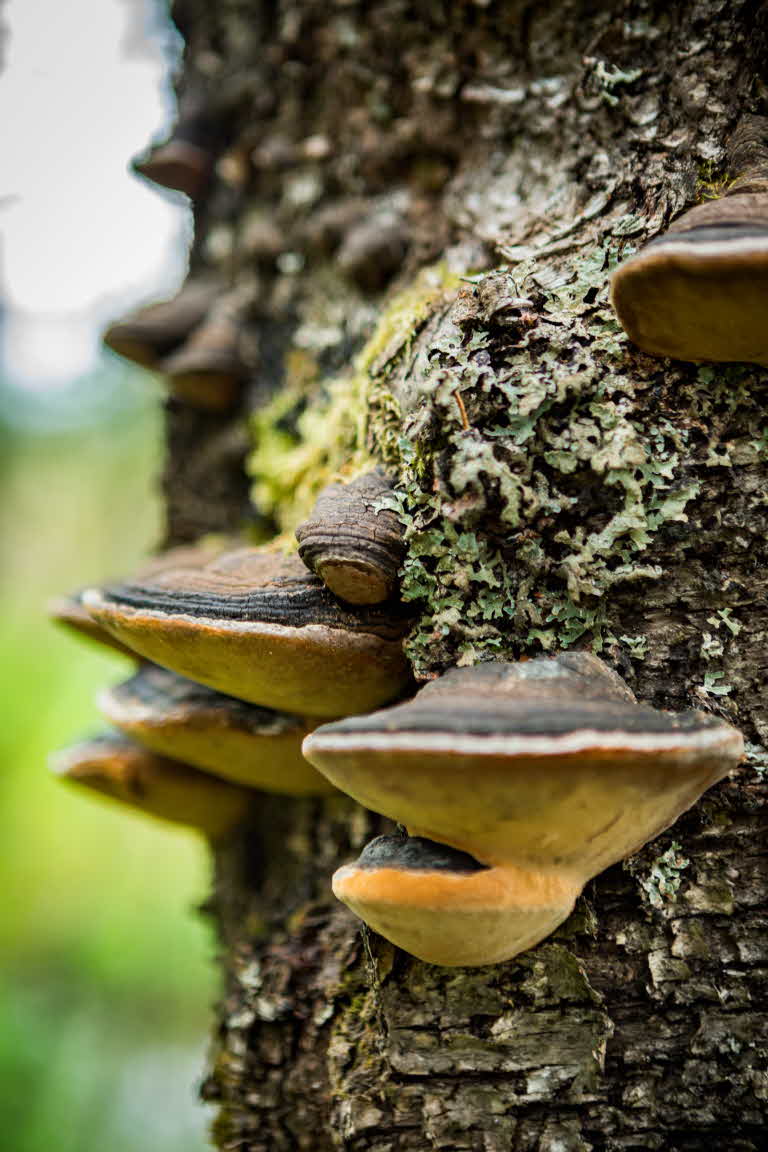
It is important to work according to different scales with nature conservation measures when it comes to biodiversity. Everything from landscapes (for example several aspen forests in a landscape) to a habitat (such as an individual aspen tree in an aspen forest) and lastly a single substrate (for example an old aspen tree).
Many species prefer a few larger connected areas with suitable habitats rather than a few scattered areas. In order for us to take the right action at the right location, we have identified key habitats. We have then selected areas where there are higher concentrations of nature values than in the forest landscape on average, and we refer to these as prioritized conservation landscapes.
In these landscapes, we have subsequently highlighted Action Plan (Sw. Åtgärdsprogram or ÅGP) landscapes, which contain concentrations of demanding ÅGP species that require active management to survive. ÅGP species are endangered species for which the Swedish Environmental Protection Agency or the Swedish Agency for Marine and Water Management have developed a special action plan. These could be insects that depend on controlled burning or a specific type of deciduous forest.
By helping the most demanding species, we also help many species that have fewer demands on their habitat.
Priority conservation landscapes
In our work to further strengthen the biological diversity in our forests, where the work with our Species Commitment is an important part, we have chosen approximately 450 conservation landscapes that are between 50-11,000 hectares in size, and which together cover 15 percent of SCA's land holdings . In these landscapes there are higher concentrations of nature values than in the forest landscape on average.
In the landscapes, there are often populations of sensitive species, and therefore we prioritize greater nature consideration efforts here. Just over 30 percent of the forest within the conservation landscapes is voluntarily set aside solely for nature consideration, and another 10 percent is farmed with alternative methods where we combine goals for both nature conservation and timber production.
In the landscapes, we want to maintain or eventually create connections between forest areas that are important for sensitive or threatened species. We also want to improve the quality of forest areas through targeted nature conservation measures for our Species Commitment, and have a high knowledge of nature values. This way of working is supported by nature conservation research, which shows that it is more resource efficient to invest in nature conservation in landscapes with good conditions for preserving and improving the conditions for biodiversity in the future.
The conservation landscapes are selected based on knowledge of SCA's and other forest owners' high nature values, as well as the authorities' work for green infrastructure (so-called value tracts).
HCV areas
SCA also owns land within designated forest areas with high conservation values. This applies for exemle, to our forest near the mountains, or forest areas that have been designated by authorities as national "national interests for nature conservation". These are areas that have a distinctive national character with high natural values at landscape level. Within the framework of the FSC standard, these are called HCV, High Conservation Values.
Most of these forests are voluntarily set aside, and here we work specifically to avoid and reduce fragmentation in the forest landscape, that is, that forests are divided into smaller and smaller areas, which affects both flora and fauna.
This is how we work with biodiversity
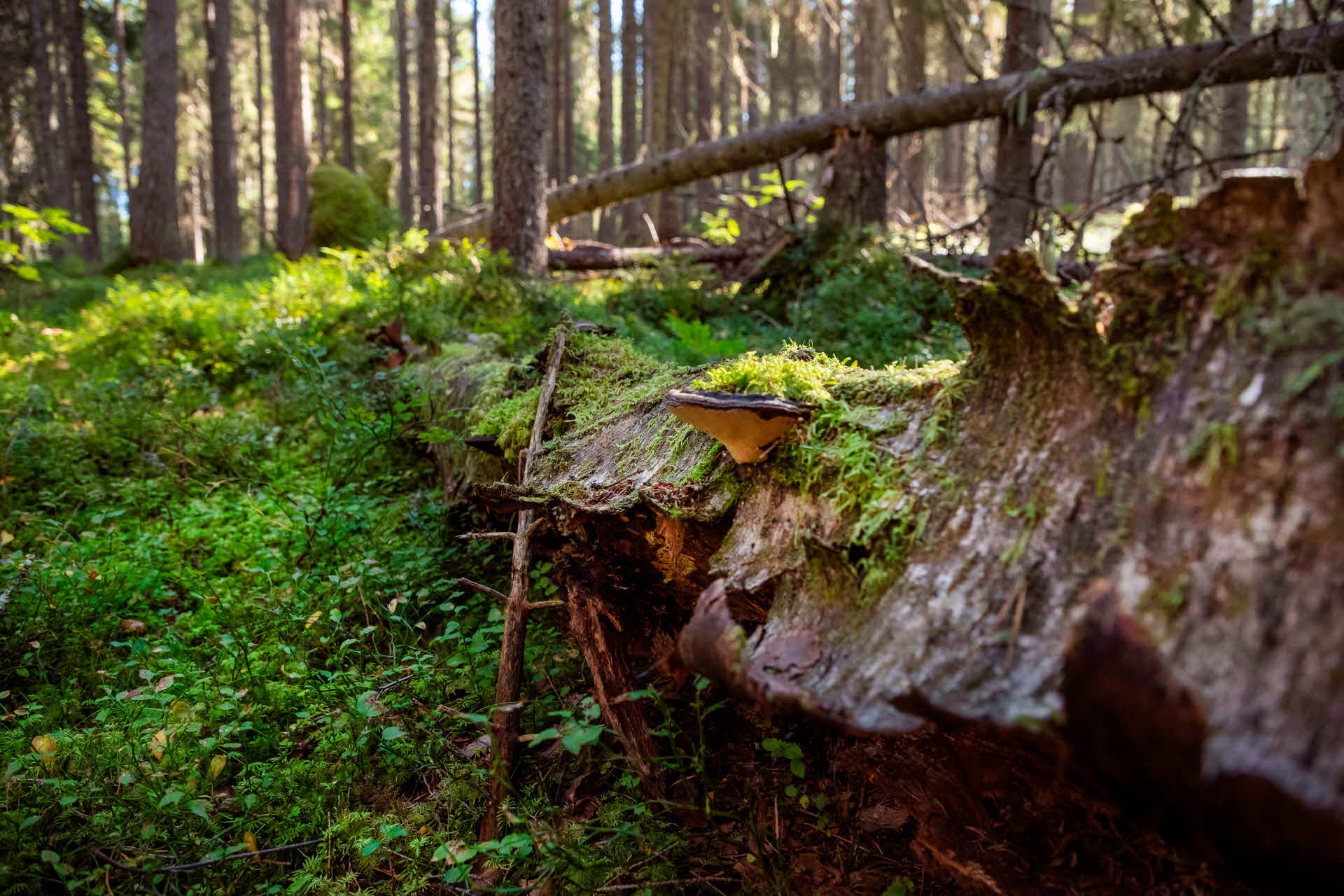
Species Commitment and habitats
SCA's forests are home to a variety of flora and fauna, and will continue to be so. In 2020, we initiated a work to make our nature conservation measures even more effective. Our aim is to improve the habitats that are important for species that are disadvantaged by forestry. This will help us achieve even greater precision in our work with biodiversity.
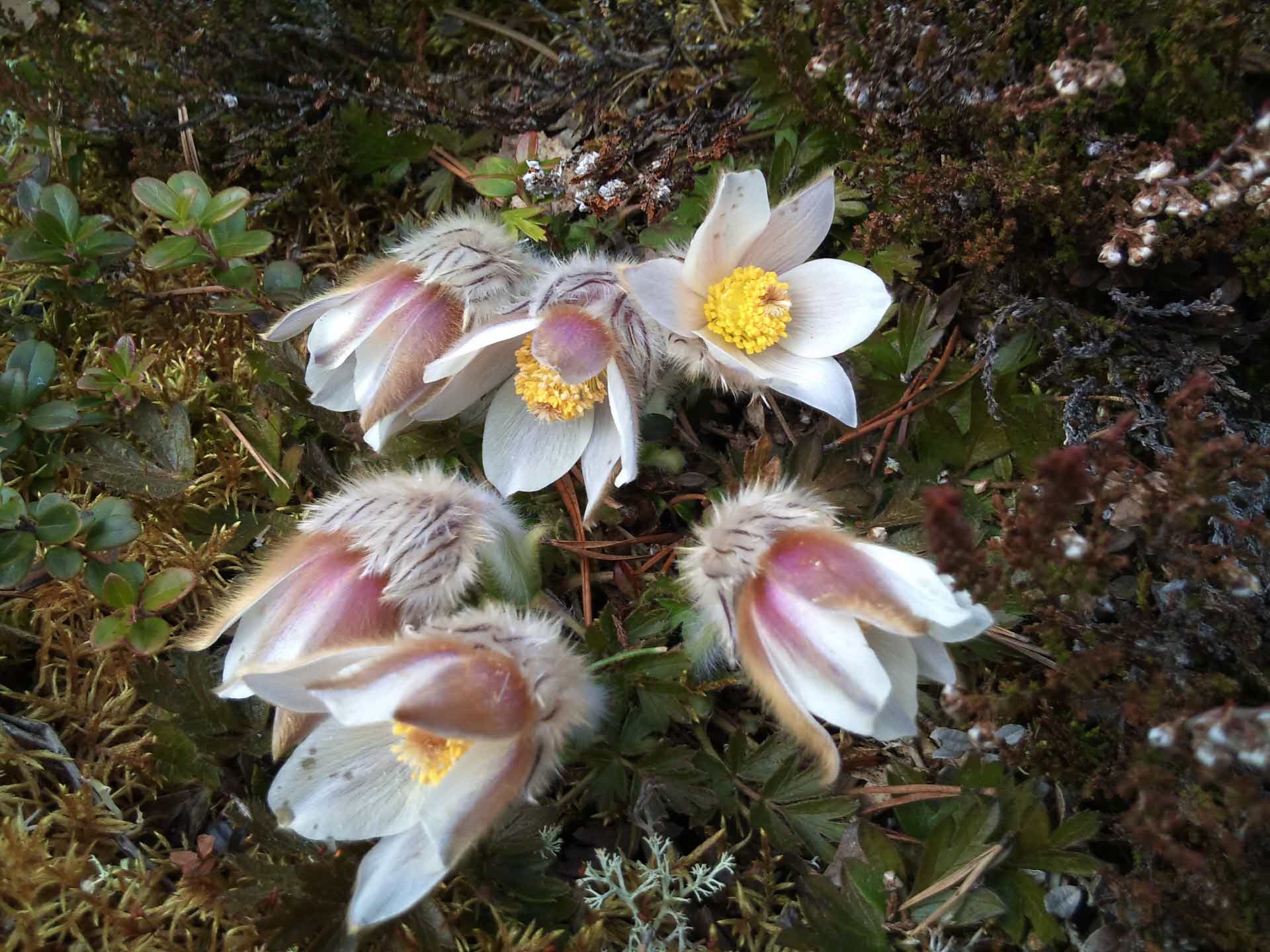
Landscapes for endangered species
SCA have designated ten landscapes as ÅGP (Action Plan) landscapes, due to their high concentration of ÅGP species – species that require specific habitat conditions. Our 203 protected species include 30 ÅGP species that are particularly sensitive and require specific management interventions. By promoting these species, we can also promote several of our other protected species, because they can benefit from our measurements.
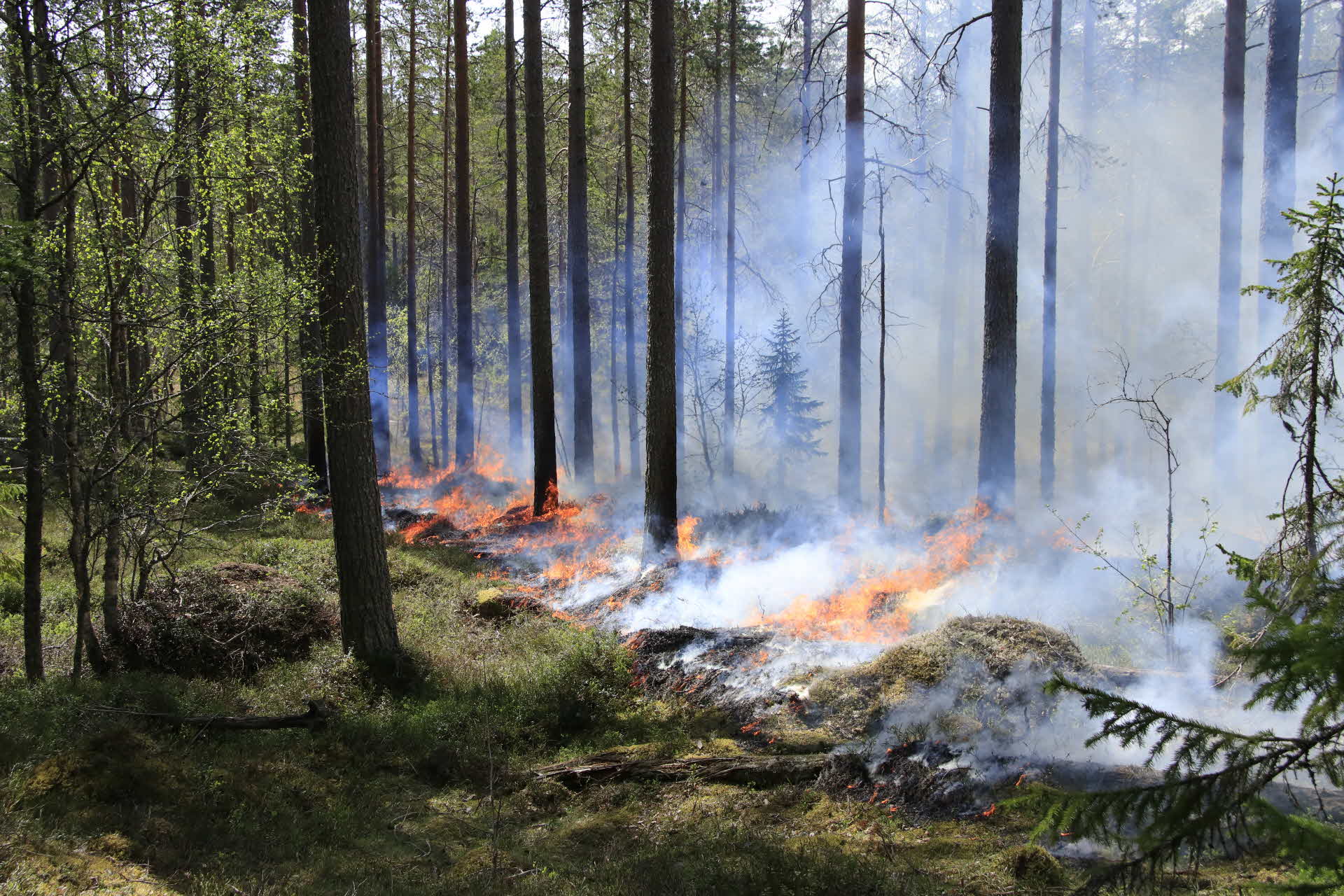
Burning forests – for nature’s best
Controlled burning is one of the most effective nature conservation measures that we can perform. Through fire, we create habitats for species that benefit from or that are dependent on forest fires to be able to survive.
Map over SCA's forest
In our map you can see SCA’s entire land holdings in Sweden, including forest voluntarily set aside and our Conservation parks.
Dialogue and cooperation
Collaboration and dialogue with other parties is an important part of our business and takes place in many ways. When it comes to the work to benefit different species, we often have close contact with, for example, the county administrations. Biodiversity is complex and we act based on the research that is available and participate in the work of gradually building up more knowledge, in order to develop our nature conservation efforts.
